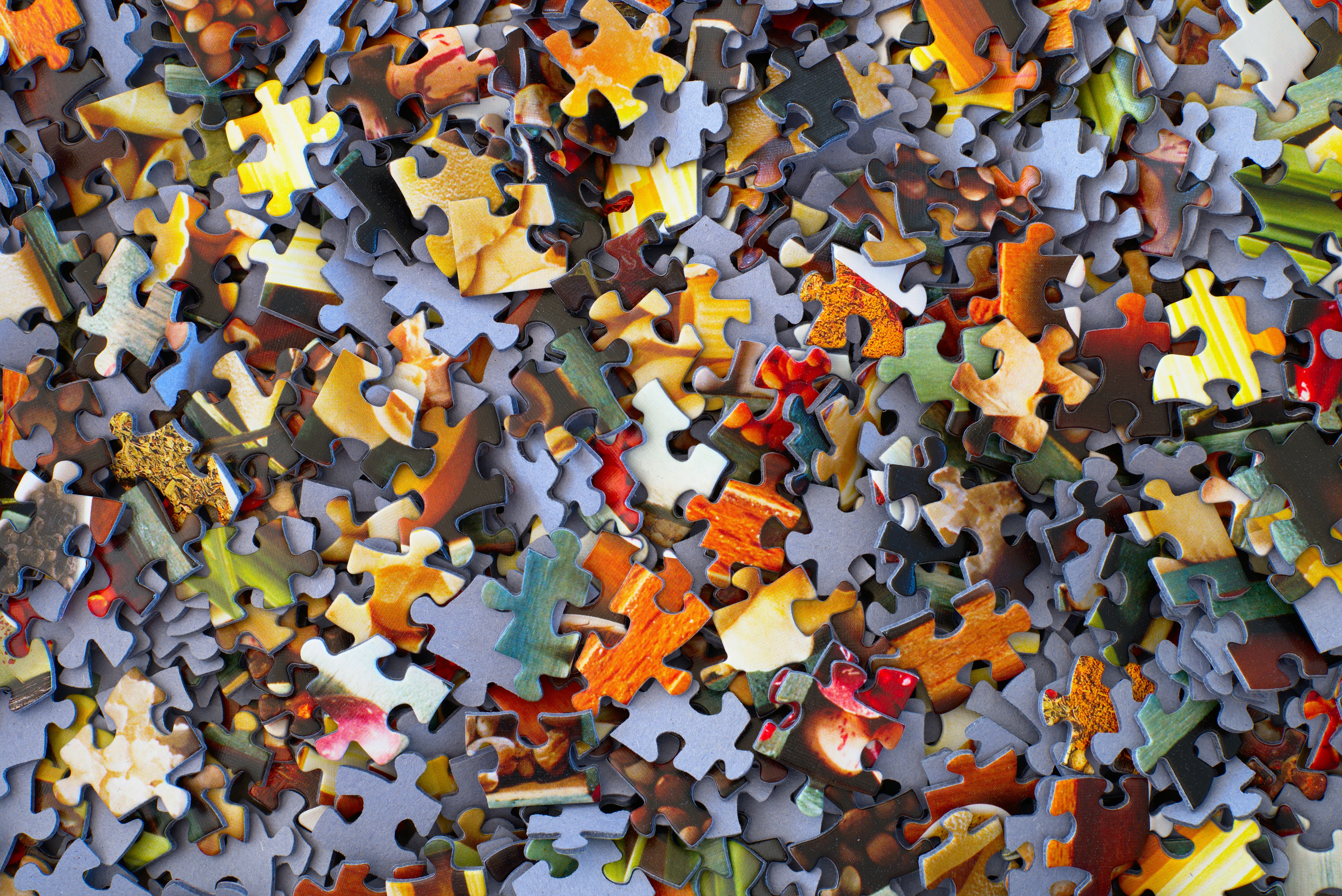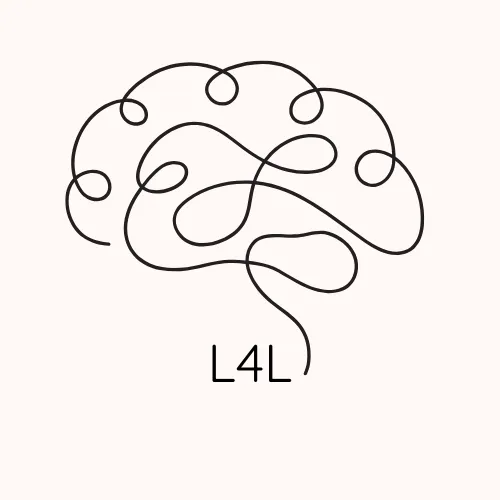
The Science of Learning for Teachers: A Beginner's Guide to Build Confidence and Get Better Results
Welcome to your guide to the Science of Learning!
In my first few years of teaching, I felt like I had been handed a bunch of puzzle pieces that didn't fit together. I was overwhelmed by competing teaching methods, disjointed resources and random teaching strategies that didn't work together. I didn't know how or why certain practices were supposed to work and because of this, I felt constantly stressed, and so did my students. Fortunately, I eventually stumbled on the Science of Learning and it all clicked into place.
When I started to change my practice based on what I learnt, it led to calmer classrooms, better student engagement and improved outcomes. Most importantly, it gave me confidence and empowered me in the classroom. And it's not just me. Teachers across the nation and worldwide are experiencing the success (and relief!) of teaching in a way that aligns with how the brain works - and I want that for you too.
This blog is your beginner’s guide to the Science of Learning. By the end, you’ll understand its foundational concepts, why they matter, and how to start implementing them in your classroom.
In this post we are going to cover:
The Basic Concepts Within the Science of Learning
What Is the Science of Reading, and How Can It Help in the Classroom?
Scarborough’s Reading Rope - A Model Explaining How Reading Works
Cognitive Science - Explaining how Learning Happens in the Brain
Cognitive Load Theory - A model for how to teach
Beginner Steps to Better Teaching with the Science of Learning
The Science of Learning can feel intimidating at first, but when you take the time to learn even the basics, you’ll find that it offers clear, actionable strategies to reduce teacher overwhelm and improve student outcomes.
If you're keen to learn about a system to implement the Science of Learning, be sure to check out our next blog: The Beginner's Guide to the L4L Method: A System for Implementing the Science of Learning in the Classroom.

Before I discovered the Science of Learning, teaching felt like I had been handed a pile of puzzle pieces with no clear way to fit them together
Science of Learning 101
What is the Science of Learning and how does it work?
The Science of Learning offers a research-backed framework that clarifies how students learn best. It’s grounded in decades of research and provides teachers with practical tools to enhance learning outcomes.
Here are the basics:
Learning happens when information moves from working memory to long-term memory.
Repetition, retrieval practice, and feedback are essential for retention (and doing this requires time, which means you need to teach less!)
Students need a foundation of knowledge to develop higher-order skills like analysis and critical thinking. The challenge is to create a knowledge curriculum that has maximum impact and engagement - we can help you do this - we'll show you how to fascinate students while building transferrable schemas.
Knowledge schemas should be reinforced through a carefully planned teaching program of vocabulary, close reading and writing.
The Basic Concepts Within the Science of Learning
Why does the Science of Learning matter for teachers?
To put it simply, understanding how students learn allows you to teach in ways that are evidence-based and effective. Instead of relying on trends or intuition, you’ll have a roadmap grounded in cognitive science.
However, as busy teachers, we don't have time to read all the research and become experts in cognitive science - and we don't have to. Here at Literacy for Learning we have synthesised the basics for you.
Two key bodies of research underpin the Literacy for Learning method:
The Science of Reading, and
Cognitive Science
What Is the Science of Reading, and How Can It Help in the Classroom?
The term 'The Science of Reading' is not one thing. It refers to over 40 years of research into how children learn to read. There are a number of reading models that summarise the research, but Scarborough’s Reading Rope is the one I think is most useful for classroom practice. It's a straightforward model that identifies two essential components of reading for teachers to emphasise in their instruction:
Language Comprehension, and
Word Recognition

Scarborough’s Reading Rope - A Model Explaining How Reading Works
This model breaks down the complex process of reading into two strands: language comprehension and word recognition. These strands work together to develop skilled readers.
You might have heard about the reading wars and debates around teaching phonics - this relates to the 'Word Recognition' part of the rope - this shows us what is needed for students to read the words on a page.
The 'Language Comprehension' part of the rope explains how students understand what we want them to learn. At Literacy for Learning we specialise in this part of the rope as it holds the key to deep learning and critical thinking.
By focusing on knowledge-building and explicit instruction in the areas of language comprehension, teachers can put their focus into teaching their content (especially secondary teachers) and build a path to deeper learning.

Cognitive Science - Explaining how Learning Happens in the Brain
Cognitive science explores how the brain processes, stores, and retrieves information, shedding light on the mental processes involved in learning. This is the mechanics of learning.
By understanding how we think, remember, and problem-solve, cognitive science provides valuable insight and guidance on how to design more effective and cohesive units of work. This knowledge allows educators to tailor their methods to align with the brain’s natural learning processes, leading to better student outcomes.
It's important to remember that cognitive science is not a set of prescriptive and highly defined pedagogical techniques. It will provide you with principles and concepts that you can then connect to generalised strategies to apply in your practice.
Cognitive Load Theory - A model for how to teach
Cognitive Load Theory is one of the most impactful instructional design frameworks in the Science of Learning. It draws on research into how working memory and long-term memory function.
It’s based on three key ideas:
Working memory is limited and can only hold a small amount of information at a time.
Knowledge is stored in schemas in long-term memory, which helps students connect and apply new ideas.
Chunking information into connected schemas allows students to manage complexity.
For teachers, this means:
Avoid overloading students with too much new information at once - and make sure your units only cover essential content.
Use repetition and retrieval practice to solidify learning.
Teach content in structured units that build knowledge sequentially and systematically. It’s about teaching less, grouping knowledge into schemas, and using repetition to make learning stick.
Cognitive Load Theory is now broadly accepted by Departments of Education and new teaching students have been introduced to this concept - this is a great first step. The Literacy for Learning method leverages this concept in unique ways to make learning powerful.
Beginner Steps to Better Teaching with the Science of Learning

Great, so where do I start?
You can start implementing the Science of Learning with these 5 easy steps:
Focus on building knowledge first before jumping into skills.
Use explicit instruction to deliver new information clearly.
Incorporate repetition and retrieval practice into your lessons.
Organise content into schemas to make it easier for students to understand and apply.
Simplify your teaching by focusing on fewer concepts but teaching them deeply.
A word of warning, don't underestimate how challenging it is to plan for knowledge in a way fosters critical thinking. Our mission is to support teachers in creating learning experiences that empower students to think deeply using knowledge schemas but avoid becoming mechanical learners. We’re passionate about helping teachers achieve this in ways that are both fun and inspiring.
Where to next?
If you've made it this far, well done!
Moving to this new way of teaching can feel overwhelming and challenging, but also exciting - you've got this!
By combining this knowledge with the L4L System (explored in the next blog), you’ll have a practical, powerful roadmap to transform your teaching. Let's do this Science of Learning journey together. 💪

